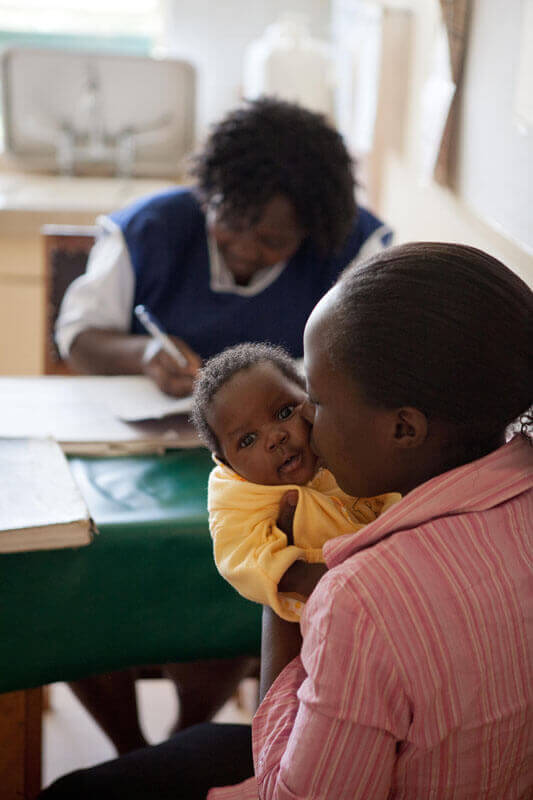Nick TaylorGHTC
Nick Taylor is a senior program assistant at GHTC, where he supports GHTS communications and member engagement activities.
Nick Taylor is the program assistant at the GHTC. On Wednesday, he attended a briefing on Capitol Hill hosted by the Office of the Global AIDS Coordinator. Wednesday’s briefing—co-hosted by the Foundation for AIDS Research (amfAR), the President’s Emergency Plan for AIDS Relief (PEPFAR), and the Center for Global Health Policy at the Infectious Diseases Society of America —convened several HIV physicians and scientists to discuss PEPFAR and the evidence-based HIV prevention methods that the program implements in countries with high rates of HIV and AIDS. This briefing was the first in a series that will be held leading up to the International AIDS Conference this summer in Washington, DC.
For thirty years, HIV and AIDS have proven to be among the most difficult public health threats the world has ever seen. While there have been many successes in combating HIV in recent years, most recognize that there is still a lot more to be done in order to achieve the goal of an AIDS-free generation. On Wednesday, members of the HIV and AIDS community gathered in the Kennedy Caucus Room in Washington, DC, for a briefing on PEPFAR and combination prevention treatments. Panelists stressed the importance of research and development (R&D) in the fight against AIDS and noted the successes of PEPFAR in expanding access to HIV and AIDS prevention.
Last year, the world watched as President Obama said that “we can end this pandemic” and Secretary of State Hillary Clinton declared that we can get the number of mother-to-child transmissions of HIV to near zero by 2015. These powerful statements—along with the International AIDS Conference occurring in Washington, DC, this year—have put a renewed focus on innovation and research for preventing and treating HIV.
Dr. Diane Havlir—a professor of medicine at the University of California, San Francisco, and panelist at Wednesday’s briefing—stated that investing in research allowed scientists to determine how to treat HIV with antiretroviral treatment (ART), which has saved millions of lives. In fact, according to Dr. Havlir, because ART has helped to keep people healthier, many societies have saved significant funds that would otherwise have been spent on medical care. This is surely a sound economic incentive to invest in research more often.

The briefing highlighted some of the most recent innovations that have been developed to prevent HIV. There is no question that ART has been successful in treating people infected with HIV, but studies have also shown that we can use treatment as prevention for HIV as well. If patients are put on ART at an earlier time than is normally recommended, the transmission rate from one HIV-positive person to a HIV-negative person can be reduced by more than 90 percent.
Medical male circumcision has also proven to be an extremely effective way of preventing the spread of HIV. PEPFAR alone has provided funding for over four million male circumcisions since its inception, and panelists reported that the cost savings of those and the millions of circumcisions funded by nongovernmental organizations and other government programs has been nearly $16 billion. There are new tools in the pipeline that are making male circumcision faster, cheaper, and most importantly, safer. These devices require no anesthetic, no sutures, and do not need to occur in a sterile setting—which is often too hard to find for many men.
This July, when the International AIDS Conference convenes, all eyes will be on Washington. Much will be said about the pandemic, and grand declarations will surely be made. What we’re all hoping to hear is that research and innovation will play a key role in fighting, and eventually ending, the HIV and AIDS pandemic.